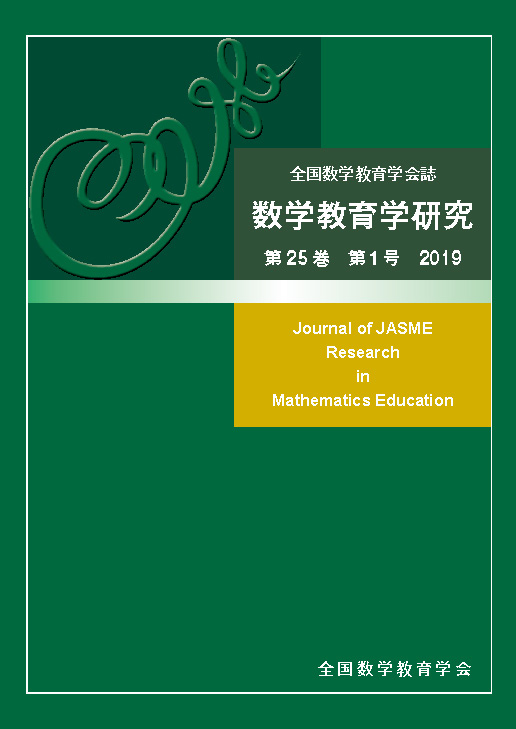Volume 25, Issue 1
Journal of JASME Research in Mathematics Education
Displaying 1-6 of 6 articles from this issue
- |<
- <
- 1
- >
- >|
-
Article type: research-article
2019 Volume 25 Issue 1 Pages 1-13
Published: March 26, 2019
Released on J-STAGE: July 14, 2022
Download PDF (773K) -
Article type: research-article
2019 Volume 25 Issue 1 Pages 15-32
Published: March 26, 2019
Released on J-STAGE: July 14, 2022
Download PDF (599K) -
Article type: research-article
2019 Volume 25 Issue 1 Pages 33-48
Published: March 26, 2019
Released on J-STAGE: July 14, 2022
Download PDF (872K) -
Article type: research-article
2019 Volume 25 Issue 1 Pages 49-65
Published: March 26, 2019
Released on J-STAGE: July 14, 2022
Download PDF (2305K) -
Article type: research-article
2019 Volume 25 Issue 1 Pages 67-76
Published: March 26, 2019
Released on J-STAGE: July 14, 2022
Download PDF (392K) -
2018 Volume 25 Issue 1 Pages 77-88
Published: March 26, 2018
Released on J-STAGE: July 14, 2022
Download PDF (517K)
- |<
- <
- 1
- >
- >|
